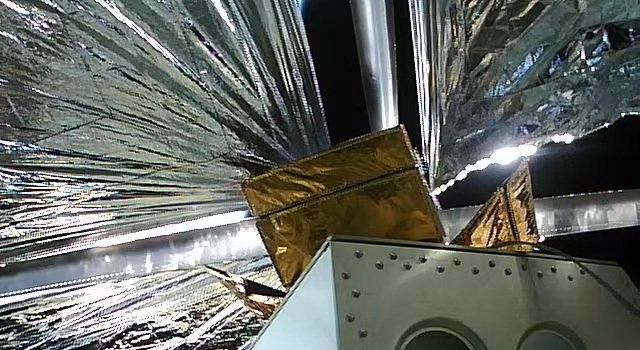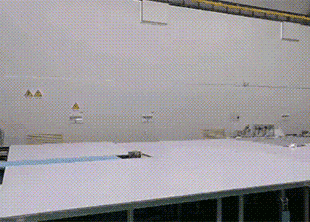For the first time, China has used a sail to lift elements of a spent launch vehicle from orbit. At the end of June, the upper stage of the Changzheng-2D launch vehicle deployed a sail with an area of 25 square meters, which will help it to get out of orbit faster, reports China Aerospace Science and Technology Corporation (CASC).
A thin sail can also be used to vault small satellites from low Earth orbit into the Earth's atmosphere, where they burn up. To date, several devices have been launched to demonstrate this technology, such as InflateSail, URSA MAIOR and Taurus 1 .
On June 23, 2022, a successful launch of the Chinese Changzheng-2D launch vehicle took place from the Xichang cosmodrome, which put three Yaogan series reconnaissance satellites into low-Earth orbit. After that, on June 26, the launch system of the upper stage of the rocket was successfully deployed — it is a sail of four segments stretching between the supports, with a total area of 25 square meters. This is the first sail used to reduce the elements of the launch vehicle. It is expected that with its help, the upper stage, weighing about 300 kilograms, which is now at an altitude of about 490 kilometers, will enter the atmosphere in two years and burn up.

Image Source: CASC

Image Source: CASC
In addition to the aerodynamic sail, a light sail is also used in cosmonautics. To date, it has been successfully tested on IKAROS, NanoSail-D and LightSail 2 devices. Despite a number of disadvantages of the light sail, there are projects to create an apparatus for Mercury or an interstellar probe using it. In addition, earlier we talked about how a graphene solar sail took off using a laser in the laboratory.
Alexander Voityuk

